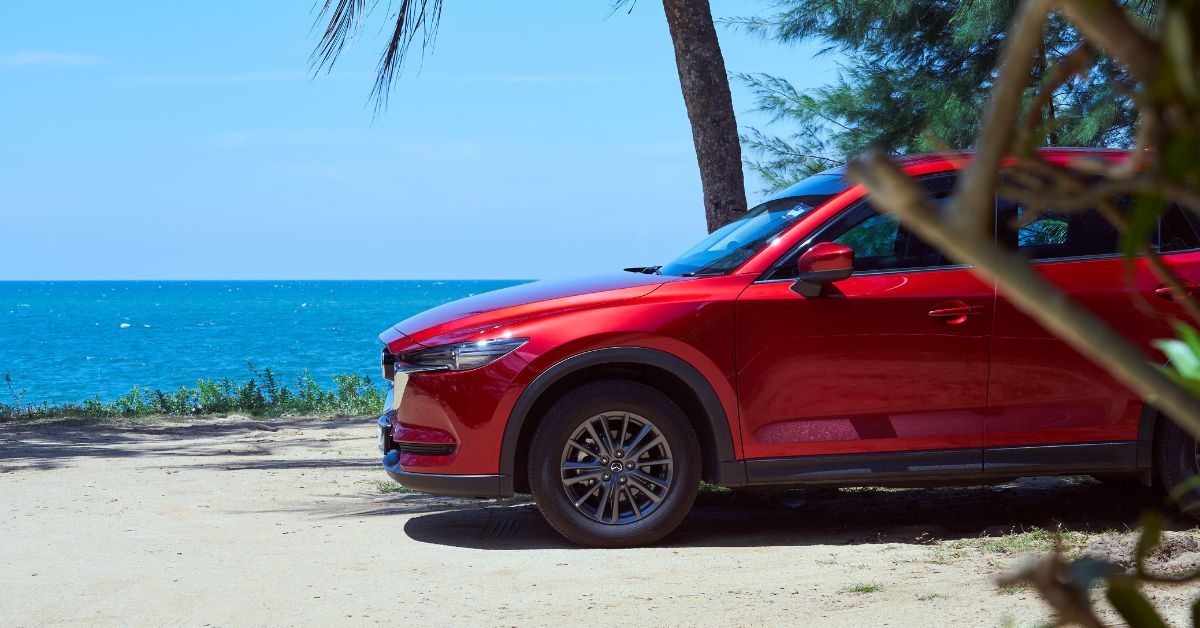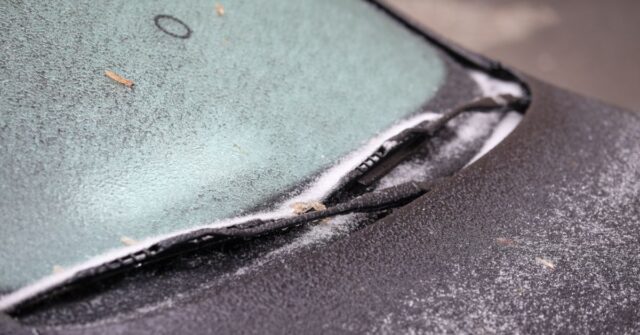Living near the coast in NSW brings unique challenges for vehicle maintenance, particularly when it comes to protecting your windscreen from the corrosive effects of salt air.
This guide delves into essential strategies to keep your windscreen clear and intact, preserving your visibility and safety on the road.
Understanding the Impact of Salt Air on Your Vehicle
Living on the stunning NSW coast has perks, but your windscreen is at risk from the salty sea breeze. Salt air carries fine salt particles that can settle on the glass, making it cloudy and reducing visibility.
With prolonged exposure, this salt can penetrate the tiniest cracks, leading to corrosion and weakening of the windscreen over time.
Why Salt Air Is a Threat to Vehicle Windscreens
Salt air is particularly problematic due to the salt’s hygroscopic nature, meaning it absorbs moisture from the humid coastal atmosphere.
When salt deposits sit on your windscreen, they attract moisture, which encourages corrosion.
Over time, this will make tiny cracks more prominent, eventually compromising the entire windscreen’s structural integrity. Frequent exposure to salt air will also cloud the surface and impair visibility.
The Science Behind Salt Air Corrosion
Salt, or sodium chloride, accelerates corrosion by creating an electrolytic environment where water acts as a conductor.
This process speeds up the rusting of metal frames and worsens pitting on the glass surface.
The moisture-salt combo essentially accelerates deterioration, putting your vehicle at risk of structural weakness and reducing the lifespan of your windscreen.
Early Signs of Salt Air Damage to Watch For
Spotting early signs of salt air damage can save you a lot of time and money. Catching these symptoms early allows you to take preventive measures before more extensive damage occurs.
Visual Indicators of Salt Deposit
The first sign is often a hazy or whitish film forming on your windscreen. This salt buildup is especially noticeable after a windy day near the beach.
You might also notice streaks or spots that can’t be cleaned away with regular wiper fluid, which can signify pitting on the surface.
Symptoms of Corrosion on Windscreens
If corrosion has set in, you’ll observe the rusting of the metal parts around the windscreen. Cracks in the glass will also expand over time.
Salt acts as a catalyst for these cracks, so if you see any chipping or hairline fractures, it might be due to salt air exposure.
Regular Maintenance to Mitigate Salt Air Damage
A regular cleaning routine will keep your windscreen clear and strong against salt air’s damaging effects. Here are some steps to keep it in top condition.
How Often to Clean Your Windscreen
Frequent washing is crucial for coastal drivers. Ideally, you should wash your windscreen once a week if you drive or park regularly near the coast.
If possible, rinse it after particularly salty, windy days or if salt deposits are visible on the glass.
Best Washing Practices for Coastal Vehicles
Use fresh water to rinse the windscreen before applying a cleaning solution. Avoid harsh chemicals; opt for a mild soap or a specialized auto glass cleaner to prevent scratching.
Always use microfiber cloths or soft sponges to reduce the risk of scratching. Don’t forget to clean the rubber wiper blades regularly to prevent salt buildup, which could lead to streaking.
Protective Treatments and Products
Using a protective treatment on your windscreen will help prevent salt deposits and make cleaning easier. Here are some options:
Choosing the Right Windscreen Treatments
There are several specialized protective coatings available that create a hydrophobic layer on the glass, repelling water and salt deposits.
Choose one designed specifically for windscreen glass, as it will offer better protection without obstructing visibility.
Benefits of Windscreen Protective Films
Protective films provide a physical barrier against salt air, reducing its ability to settle directly on the glass.
These are often clear, making them less noticeable, and can be easily removed and replaced when needed. Although they don’t completely prevent corrosion, they significantly reduce salt exposure.
Professional Services for Windscreen Protection
Sometimes, professional help is the best option, especially if your windscreen already shows signs of significant damage. Experts can provide tailored solutions and services to safeguard your windscreen.
When to Seek Professional Help
If you notice cracks, pitting, or a persistent hazy film on your windscreen, it’s time to consult a professional.
They can assess the damage and suggest a replacement or specialized treatment that matches your windscreen’s current condition.
What to Expect from Professional Windscreen Services
A windscreen professional can offer deep cleaning, polishing, and coating services to restore clarity and provide a protective layer.
They can also apply specially formulated treatments and advise on routine maintenance for optimal results.
DIY Tips for Windscreen Care and Protection
While professional help is always beneficial, there are some handy tips you can follow at home to keep your windscreen protected.
Home Remedies for Cleaning and Protection
Try a mixture of vinegar and water for an effective yet gentle cleaning solution. Baking soda mixed with water can also help remove tougher stains.
Make sure to thoroughly rinse with fresh water after using these remedies.
DIY Protective Solutions You Can Apply at Home
Commercial windscreen treatment products are available for DIY application. Clean the windscreen thoroughly before applying these, and follow the instructions carefully.
These treatments often require curing time, so allow them to dry fully before using your vehicle.
Long-Term Impacts of Neglecting Windscreen Care
Ignoring salt air damage will result in more than just poor visibility. Here are the potential risks:
Potential Costs of Ignoring Salt Air Damage
The corrosion and cracks resulting from salt exposure will only worsen over time. This means more frequent repairs and potentially a full windscreen replacement, which can be quite costly.
Insurance claims may not always cover windscreen repairs if damage is due to neglect.
Impact on Vehicle Safety and Resale Value
A corroded windscreen frame weakens your vehicle’s structural integrity, posing a safety risk in an accident.
Additionally, a damaged windscreen significantly reduces your car’s resale value, as buyers often factor this into their purchase decision.
Success Stories from the NSW Coast
Real-life experiences provide valuable insights into how coastal residents protect their windscreens. Here are a few:
Examples of Effective Windscreen Protection
One driver, who lives just a few kilometres from the ocean, regularly washes and waxes his windscreen to remove salt deposits.
He also applies a hydrophobic coating every three months, which he says has reduced the buildup significantly.
In another example, a local mechanic highlighted the importance of using protective films for cars parked outdoors near the coast.
Finally, a resident of Bondi Beach mentioned that rinsing the windscreen after parking in a salty area has kept his glass clear for years.
Best Practices Recap and Final Thoughts
Protecting your windscreen from salt air requires a proactive approach. Here’s a summary of the best practices to keep in mind:
Summary of Key Points
– Regularly wash and rinse your windscreen to remove salt deposits.
– Use protective coatings and films to minimize direct exposure to salt air.
– Seek professional help if you notice significant damage.
For comprehensive windscreen care, Metro Auto Glass can provide expert advice and services tailored to coastal conditions.
Contact us today to schedule an assessment or learn more about keeping your vehicle in the best shape possible.





